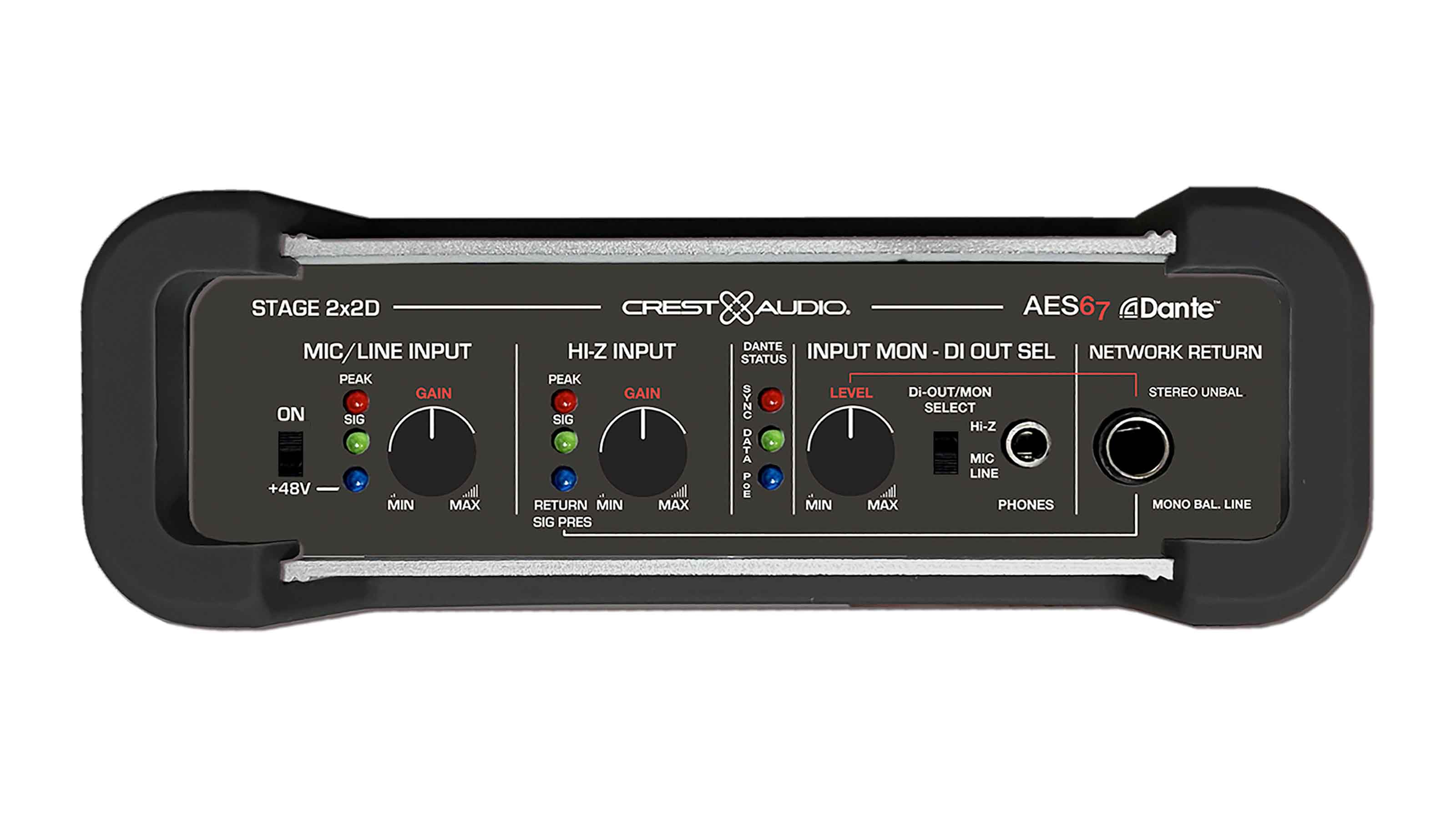Gabriel Antonini Expands Educational Outreach at DPA

Quick Bio

Name: Gabriel Antonini
Company: DPA Microphones
Title: Business Development Manager
Overtime: When Antonini leads workshops, he is always amazed at the look on people’s faces when they hear sound as if there is no microphone at all. He recalls one attendee’s memorable reaction: “It’s as if someone pulled my fingers out of my ears.”
SCN: What is your position, and what does it entail? What are your responsibilities?
Gabriel Antonini: I am the U.S. business development manager/sales support. I cater to existing client technical needs, as well as discover new users in all genres through presentations, workshops, and referrals. I conduct university workshops and dealer trainings, and I assist clients in sound designing for all genres (music, film, theater, broadcast, audiovisual, industrial, and house of worship). I also provide technical support for existing and new clients and write articles for various trade publications.
SCN: How long have you been at this position?
GA: Just over one year.
SCN: How has your background prepared you for your new role?
GA: I have been fortunate to work in most genres, or as I like to say, “I got to swim in a lot of different waters!” This includes major broadcast network sound engineering/music composition, audio post editing for broadcast/music, technology consulting, FOH engineer, performing musician, AV system design, and as an infrastructure technology manager for large construction projects.
SCN: What are your short-and long-term goals?
GA: With such a highly accurate microphone line as ours, my short-term goal is expanding the educational outreach to our existing and new users. Getting the message out that sound should be acquired in a transparent, accurate fashion, similar to the relationship that the ears have with the brain.
The long-term goal is an extended version of the short one. I plan to keep up the educational aspect and gain new users by tackling all design challenges that are commonplace in our industry. I personally would like to see more inroads into industrial, pro AV, OEM, immersive, and military defense systems.
A daily selection of the top stories for AV integrators, resellers and consultants. Sign up below.
SCN: What is the greatest challenge that you face?
GA: When you have a microphone line that is very natural sounding and extremely accurate, it can be a challenge to re-program the muscle mic memory that a lot of engineers have. For example…No matter which of our products you use, whether it is a d:vote 4099V instrument microphone for violin, or a d:vote 4099S 4099V instrument microphone for saxophone, it is the identical microphone, sans the clip. So, that one microphone is perfect for just about all instruments, just get the correct clip, and you are good to go.
A lot of engineers get into the habit of pigeonholing a microphone for one use only. For example, I often hear, “I always use this mic for kick drum because it has a boost in the lows.” We do not take that approach. With DPA Microphones, it really does not matter in most cases what microphone you choose because they all are extremely similar in the acquisition of sound. Choose the correct polar pattern, SPL handling, and clip, and go have fun.
So, in summary, we do not make microphones that are targeted to a specific use regarding frequency response, and that is a message that is slowly getting out there, but is a tough challenge at times.
SCN: Where do you see your market heading?
GA: I see a day when mixing will be accomplished in a more object-based method, negating the need for faders and cool knobs to twirl. Accurate microphones and simple means of acquisition is where it is headed. Immersive sound is also an emerging trend. Streaming multi-channel technology is much easier these days than it was when 5.1 just appeared. I believe there will be great uses for this technology and also a lot of useless trendy ones. Capturing premium sound in an easy, inconspicuous way is a place that I know DPA will be at home. Listening to live concerts and documentaries in a way that puts you there both visually and aurally is very attractive in today’s “consumer is king” relationship.
On a personal note, I also feel that immersive projects can assist the disabled in experiencing surroundings that they cannot experience in their daily lives. True, accurate sound, better storytelling, and additional meaningful uses are the future, hopefully.
SCN: Are there new initiatives we are likely to see from DPA?
GA: DPA has always been, and I feel will always be, an innovator in the acquisition of sound, and the mechanical means by which it is captured. Stay tuned; there are a few possible initiatives on the horizon for the AV market, and our traditional clients in the film/theater/music realms—I am sure of it.
SCN: How can systems contractors better position themselves to profit from products and/or services you have to offer?
GA: The AV crowd would benefit immensely from the use of our products. I always tell people that the microphone at your next conference call will be the same capsule that is used in a plethora of high-end film/theater productions. You will need fewer of our microphones and achieve a superior tonal balance. Our products are at a higher price point, but in the end, “there is no right way to do the wrong thing.” A lot of corporate savings are realized when you are getting better results with fewer microphones, and the sound is natural and accurate.
Lindsey M Adler is editor of SCN. Follow her on Twitter @lindseymadler.
Lindsey M. Adler is an audiovisual storyteller based in New York.

